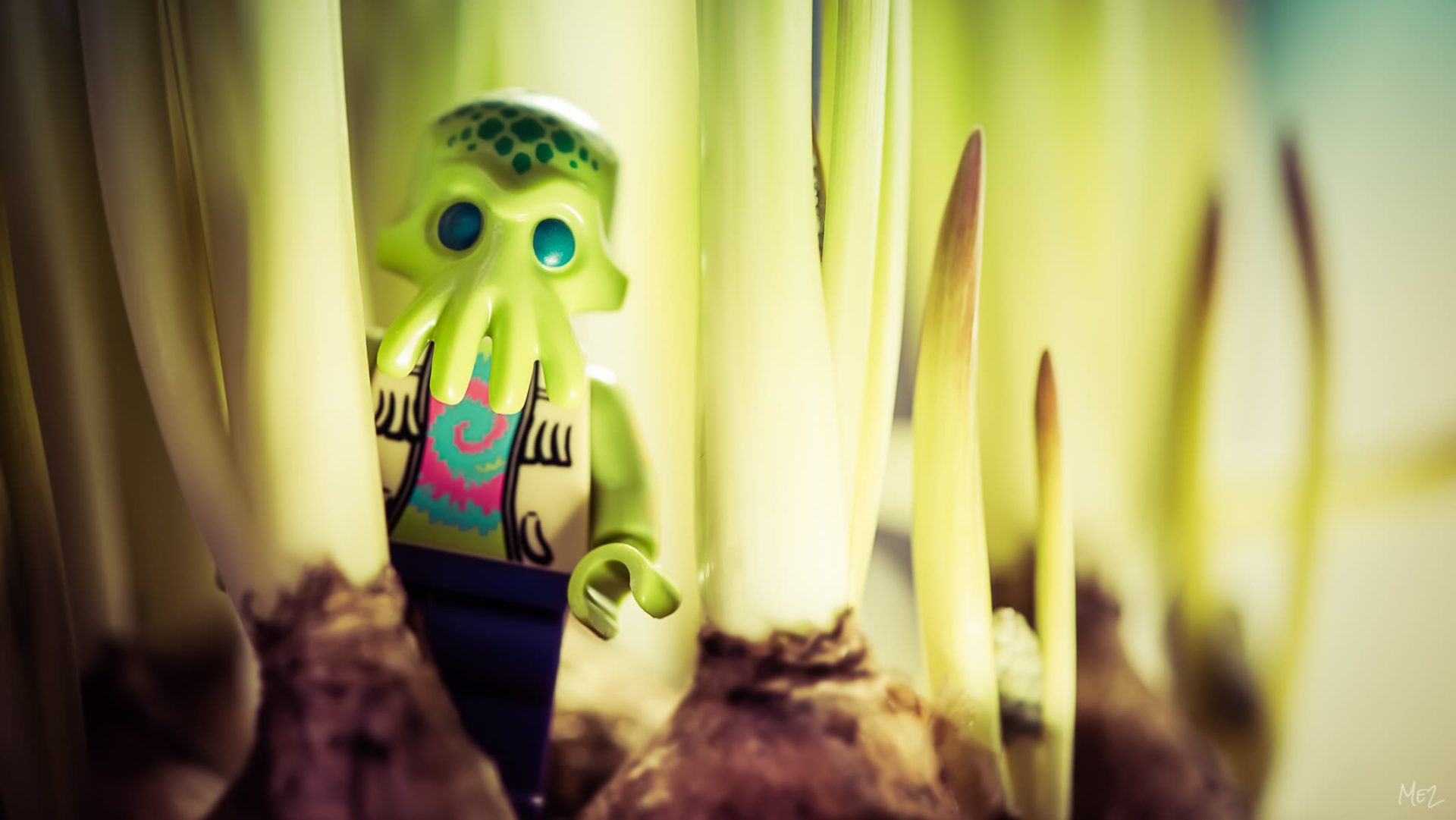1. Mexican frogs are REALLY small

Scientists (presumably searching very hard) discovered six new species of frog the size of a thumbnail in the forests of Mexico. One of these has earned the distinction of being Mexico’s tiniest frog.
From our partners:
“These frogs potentially play a really important role in the forest ecosystem,” said Tom Jameson from the Department of Zoology. “We need to make sure that they don’t just get wiped off the map because no-one even knows they’re there.”
Now, where did we put them?
2. The University Librarian received the greatest Easter gift ever…
When the University Library announced in 2020 that Charles Darwin’s notebooks, which included his iconic ‘tree of life’ sketch, were missing from the collections, no one could have predicted quite what would happen next.
The notebooks were returned anonymously to the Library on March 9 this year, in good condition, with no obvious signs of damage. They were in a bright pink gift bag addressed to the University Librarian with the printed message:
3. …But in 1859, Australia got (possibly) its worst Christmas present ever

When a containment from England of 24 rabbits arrived in Melbourne on Christmas Day 1859, Australians could be forgiven for finding them adorable with their cute little fluffy tails.
But things would soon change.
Within 50 years, rabbits had spread across the entire continent (at a rate of 100 km per year), making this the fastest colonisation rate for an introduced mammal ever recorded. Their spread continues to cause massive damage and is estimated to cost the agricultural sector $200 million per year.
4. Medieval monks were riddled with worms

Despite having more sanitary facilities, medieval monks were almost twice as likely as ordinary working townspeople to have intestinal worms.
Standard sanitation in medieval towns relied on holes in the ground used for faeces and household waste. In monasteries, running water systems were a common feature, including to rinse out the latrine.
So why did the monks have this problem? The culprit may have been what they used to fertilise their vegetable gardens.
5. A terrifying monster might help your anxiety (if it doesn’t kill you first)

Being strapped to a chair in a dungeon with a blind monster sniffing around you might not seem the ideal way to learn how to calm your anxieties, but this is what one Cambridge researcher is trying.
After learning a breathing technique, you’re plunged into this terrifying setting where you have to use everything you’ve just learned to keep your heart rate steady – or face death at the hands of the beast.
It’s virtual reality, of course. Presumably they couldn’t get ethical approval for the real thing.
6. Bloomin’ climate change is making our flowers appear early

The first spring flowers are always a welcome sight and now they’re arriving earlier than ever.
But this isn’t a good thing.
Researchers say climate change is causing plants in the UK to flower a month earlier on average – and this could have profound consequences for wildlife, agriculture and gardeners.
7. Wordle’s Americanisms have been swell for the Cambridge Dictionary

Since its launch last year, Wordle has been a massive hit among puzzle-lovers. But is has occasionally caused outrage here in Britain (the home of English) for its occasional spelling mistakes (or American English, as some call them).
One of these was homer. This word’s appearance caused a spike in searches in the Cambridge Dictionary. And no, it has nothing to do with the Simpsons.
8. The US Army used sex to recruit men for WWI

What better way to motivate young men to fight in an unpopular conflict in Europe than to tease them with the promise of sex?
Powerful figures in America’s War Department believed that stimulating and then frustrating a soldier’s sex drive could boost his motivation.
This story went viral and proved to be one of our website’s biggest hits of the year – with over 75,000 unique page views.
9. We can grow blood in the lab…
Our researchers are taking part in the world’s first clinical trial of red blood cells that have been grown in a laboratory for transfusion into another person.
If it’s successful, it will mean patients who currently require regular long-term blood transfusions will need fewer transfusions in future.
10. … And we can grow mouse ‘embryos’, too

Cambridge scientists have used stem cells to grow synthetic mouse embryos that have a brain and beating heart.
It’s a very cool bit of science that will help us understand the first stages of life and why some embryos fail while others go on to develop into a healthy pregnancy.
11. Bronze Age romantics may have been responsible for the spread of the cold sore

The first ancient herpes genomes to be sequenced suggest that the cold sore virus became widespread with Bronze Age migrations into Europe.
Prior to this, the virus mainly passed from mother to child, but it seems those Bronze Agers enjoyed a bit of canoodling – and this may have led to the virus becoming more widespread.
12. Stuffing a puppy with snails and sage and roasting it over a fire can cure gout*

Medieval medicine has come under the spotlight in Curious Cures in Cambridge Libraries – a new two-year project to digitise, catalogue and conserve over 180 medieval manuscripts.
Among the delightful and extremely dubious remedies for gout are salting an owl and baking it until it can be ground into a powder, mixing it with boar’s grease to make a salve, and rubbing it onto your body.
*Please check with your doctor before changing your medication.
13. Robot chef’s omelettes taste better than they look…
Cambridge researchers have trained a robot chef to taste its food and add extra seasoning as it goes.
They had previously taught the robot how to make an omelette. Now, they’ve trained their chef to check the saltiness of a dish at different stages of the chewing process (in reality, the team put the food in a blender to imitate the process in humans).
The end product may not look particularly appetising, but at least it’s seasoned to perfection.
14. … But Anglo-Saxon BBQs were fit for a king…

Few people in England ate large amounts of meat before the Vikings settled and England’s early medieval kings were mostly vegetarian.
But when it came to entertaining their monarch, peasants would put on a lavish feast. And just like every BBQ you’ve ever been to, there would have been ludicrous amounts of meat served there. From one food list, researchers estimated that each guest would have received 4,140 kcal from 712g of meat, 300g of fish, cheese, honey and ale.
There are no records of how much Gaviscon they ordered.
15. …While the Catholic diet is kinder to the environment

Around the time of these lavish meat feasts, 9th century Pope Nicholas I instructed Catholics to abstain from eating meat on Fridays in memory of Christ’s death and crucifixion. His flexitarian approach may have been ahead of its time.
In 2011, the Catholic bishops of England and Wales called on congregations to return to meat-free Fridays. Even though only around a quarter of Catholics changed their dietary habits, this still saved over 55,000 tonnes of carbon a year.
For enquiries, product placements, sponsorships, and collaborations, connect with us at [email protected]. We'd love to hear from you!
Our humans need coffee too! Your support is highly appreciated, thank you!








